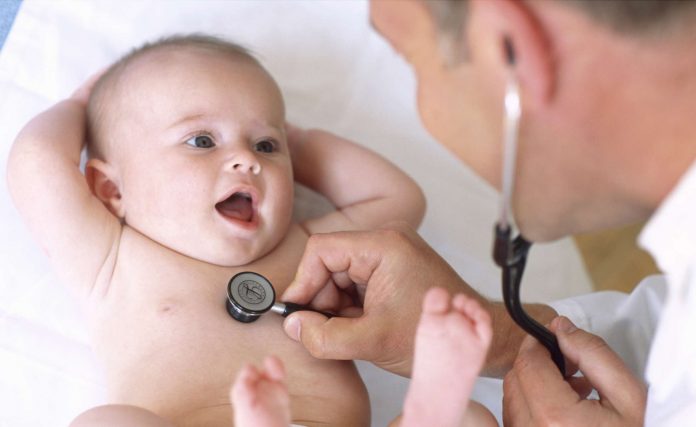What is Asthma?
Asthma is considered a respiratory disease. It occurs when a person’s airways become chronically inflamed. Inflammation narrows the airways, making it harder to breathe normally. Asthma also makes your airways more sensitive to irritants and other allergens, which is known as hyperactive airways. With hyperactive airways, the respiratory system overreacts to minor irritants that normally would not cause a reaction in someone without asthma. People with asthma often have “triggers” that can cause them to start showing symptoms, such as mold, pollen, dust, or dander.
Asthma is a chronic, long-term condition, meaning that once a person’s airways become sensitive, they stay that way for the rest of their life. This does not mean a person will consistently experience the same severity of symptoms at every age, many people have asthma that gets worse or better at different stages of their life. About 50% of children “outgrow” their asthma once they reach their teenage years, but the condition seems to reappear as they hit adulthood, usually within their late 30s or early 40s.
What is the Difference Between Childhood Asthma and Adult Asthma?
The biggest difference between childhood and adult asthma is the severity. Infants have much smaller airways than adults, which means that even mild bronchial swelling can cause an emergency situation. Tightened, inflamed airways and excess mucus produced by the immune system can easily block the flow of air, making it extremely hard for a baby or young child to breathe. This can lead to a baby needing immediate medical intervention if the parents are not equipped with the proper medication to open the airways.
Respiratory infections are often the first trigger to cause an asthmatic episode in infants. Afterward, the child will continue to experience symptoms even after the infection has been treated. The biggest hurdle parents face is the fact that babies cannot express what kind of symptoms they’re feeling, making it harder to come to a conclusion of what the problem is. As a precaution, if a baby has a respiratory infection, they should be closely monitored to see if they continue to show symptoms of asthma.
Signs and symptoms in children:
– Frequent coughing that worsens when the child has a viral infection
– Coughing occurs while the child is asleep
– Coughing is also triggered by exercise or cold air
– A whistling or wheezing sound when breathing out
– Shortness of breath
– Chest congestion or tightness
Childhood asthma might also cause:
– Trouble in sleeping due to shortness of breath, coughing or wheezing
– Bouts of coughing or wheezing that get worse with a cold or the flu
– Trouble breathing that hampers play or exercise
– Fatigue, which can be due to poor sleep
Asthma signs and symptoms vary from child to child, which might get worse or better over time. Your child might have only one indication, such as a lingering cough or chest congestion. Your paediatrician will make a diagnosis on basis of history/examination and investigations.
How can I Help to Manage my Child’s Asthma?
Managing asthma will be a long-term process. Until the child is old enough to start managing their own symptoms, it will be up to the parents to provide all medications, stick to a treatment plan, and closely monitor the child’s symptoms. Parents should work closely with their child and inform them as they get older about how to recognize and communicate how they’re feeling. There are some additional tips that may help manage a child’s symptoms, including:
- Learn the specific symptoms of the child, what their triggers are, and the general “pattern” of when and how their asthma appears. Parents should be able to identify when a child needs regular medication or needs to go to the emergency room.
- Develop and stick to an asthma treatment plan with a doctor. Include a course of action in the plan to follow if the child experiences acute symptoms. Use the plan every single day, even if the child seems symptom-free. Asthma symptoms tend to vary, and having no symptoms does not mean the asthma has gone away.
- Teach your child as they grow to tell you if they’re having trouble breathing or are not feeling well.
- Cover the child’s pillow and mattress with hypoallergenic casings.
- Wash bed linens, carpets, and stuffed animals regularly.
- Vacuum weekly or more depending on symptoms.
- Don’t allow pets in the house or in the child’s room if animal dander is a trigger.
- Use air purifiers with a HEPA filter.
- Do not smoke in the house and avoid exposing the child to any kind of smoke. Smoke is almost always a trigger for childhood asthma and can make symptoms much worse.
- Be careful about certain foods, as children with asthma may be more prone to developing food allergies. Slowly introduce foods and monitor their responses. Common foods that trigger allergies include nut-based foods, dairy products, fish, wheat products, eggs, and soy products.






























